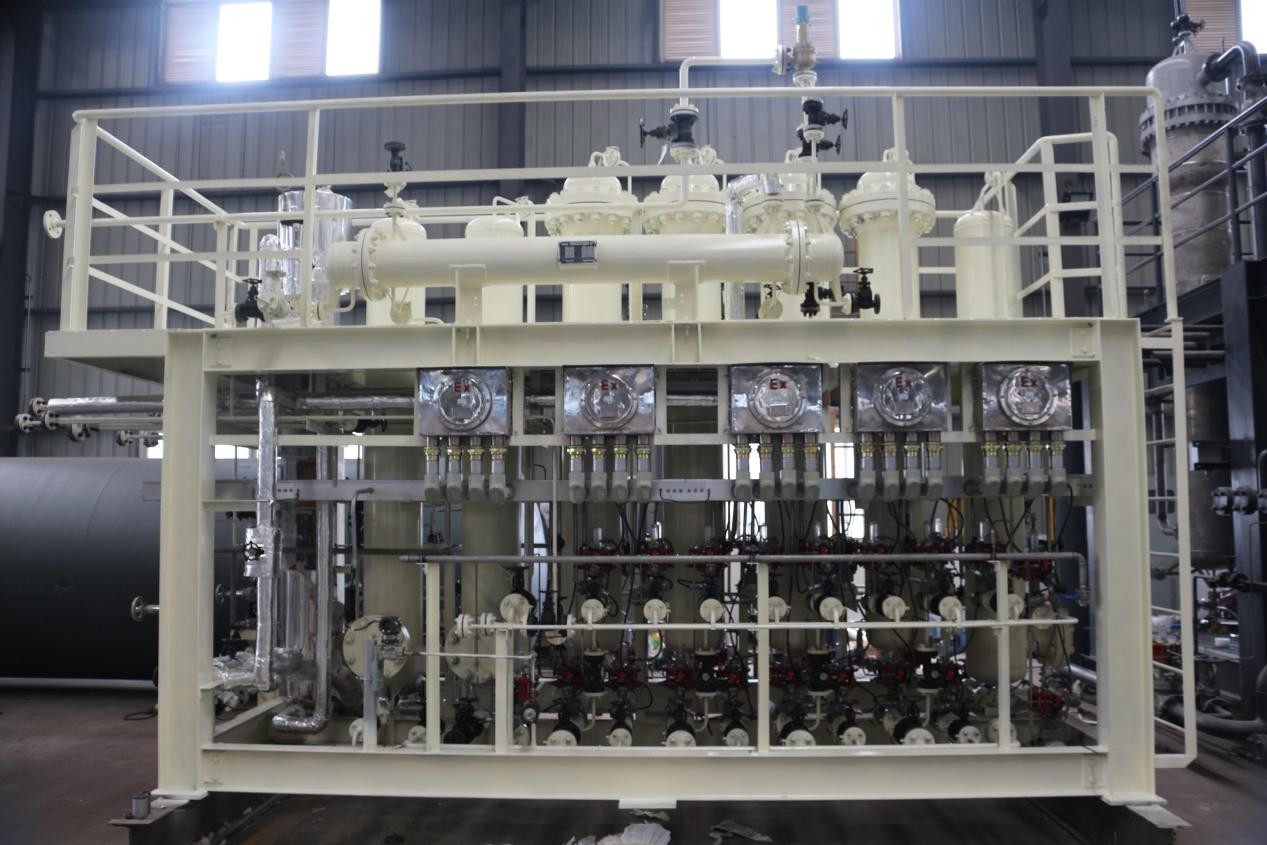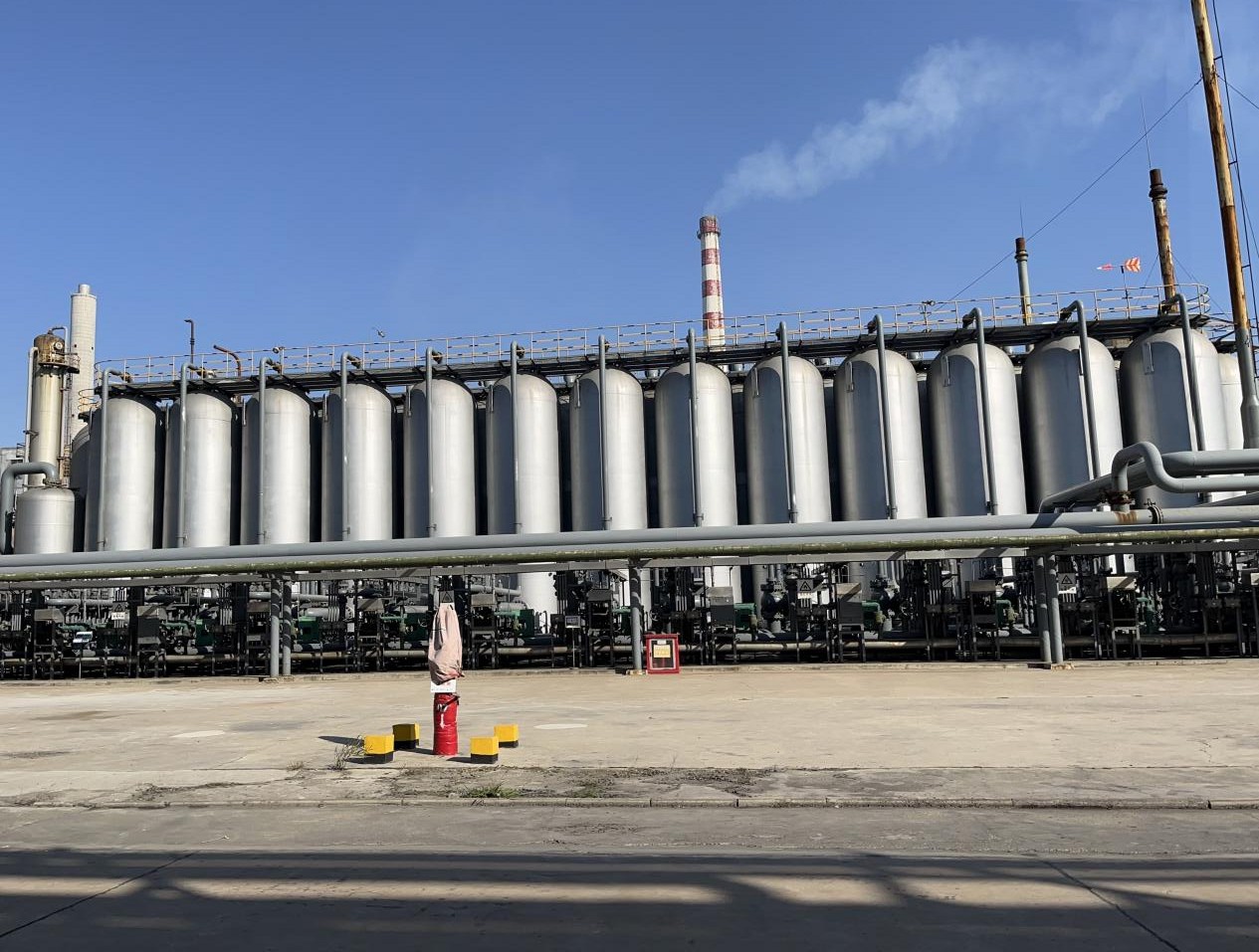Principle of Pressure Swing Adsorption (PSA) for Oxygen Generation
Under isothermal conditions, the PSA process combines pressurized adsorption and depressurized desorption to form a cyclic operation. The adsorption capacity of the adsorbent for the adsorbate increases with rising pressure and decreases with reduced pressure. During depressurization (to atmospheric pressure or vacuum), the adsorbed gas is released, regenerating the adsorbent without external heat input. Thus, PSA is also termed isothermal adsorption or heatless regeneration adsorption.
PSA Nitrogen Production Process:
- Compressed air from an air compressor first enters a refrigerated dryer to remove moisture.
- The dried air flows into a PSA nitrogen generation system with two adsorption towers packed with carbon molecular sieve (CMS) adsorbent. The CMS selectively adsorbs impurities such as O₂ and CO₂, while high-purity nitrogen (99%) exits from the top of the towers.
Regeneration and Cycling:
- During depressurization, adsorbed oxygen is desorbed and discharged through the tower bottom.
- The regenerated adsorbent undergoes pressure equalization and product pressurization before resuming adsorption.
- The two towers alternate to achieve continuous nitrogen production.
Selective Adsorption Mechanism:
- CMS prioritizes oxygen adsorption over nitrogen due to the faster diffusion rate of oxygen molecules (under 0.7–1.0 MPa pressure).
- CMS exhibits higher oxygen adsorption capacity under pressure and releases oxygen upon depressurization, enabling efficient O₂/N₂ separation.
Adsorption Equilibrium and Efficiency:
- At adsorption equilibrium, lower temperatures and higher pressures increase adsorption capacity, and vice versa.
- PSA operates via pressure changes (not temperature), following the ambient-temperature adsorption isotherm. Adsorption occurs at higher pressure (P₂), while desorption occurs at lower pressure (P₁).
- Effective adsorption capacity (Ve): Defined as the difference in adsorption amounts between high pressure (PH) and low pressure (PL). Linear isotherms yield higher Ve compared to Langmuir-type curves.
Key Advantages:
- Energy-efficient separation via pressure cycling.
- High-purity nitrogen (99.99%) production with minimal thermal impact.
 How to Produce Hydrogen
How to Produce Hydrogen
 Mechanism and Application of Desulfurization/Denitrification
Mechanism and Application of Desulfurization/Denitrification
 Application of Low-Power Ion Beam Dust Removal and Whitening
Application of Low-Power Ion Beam Dust Removal and Whitening
